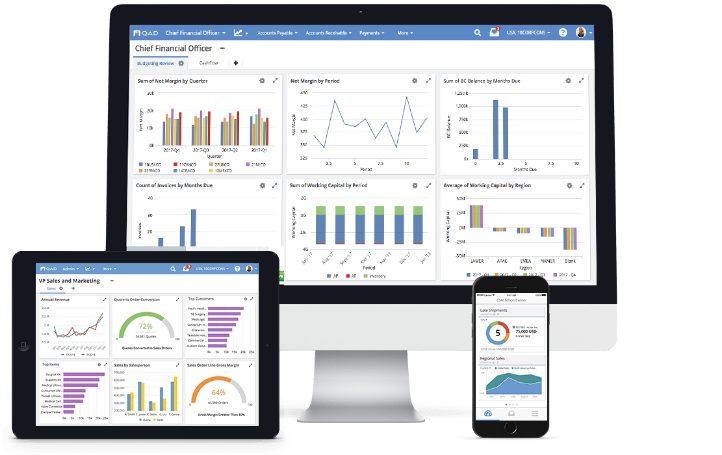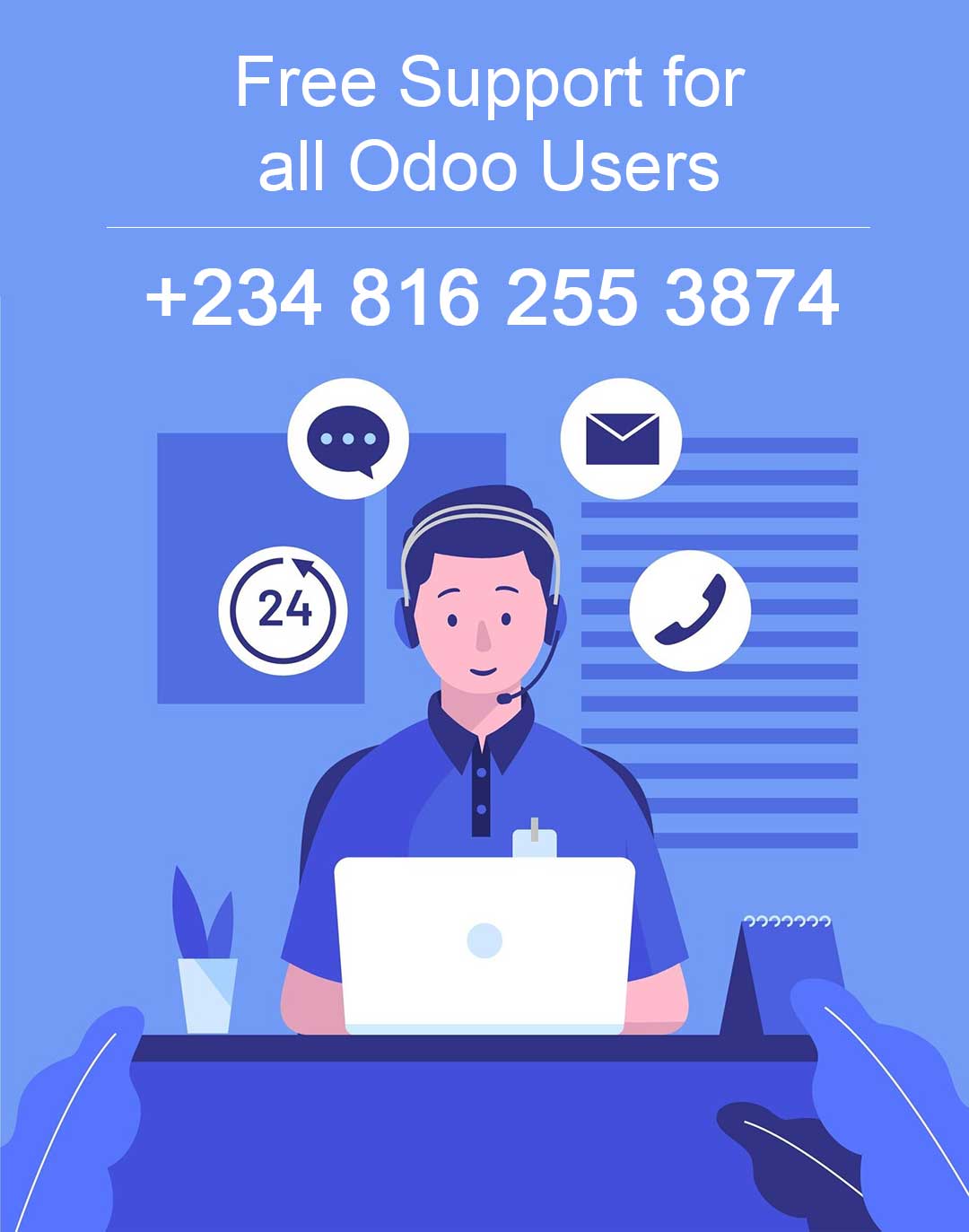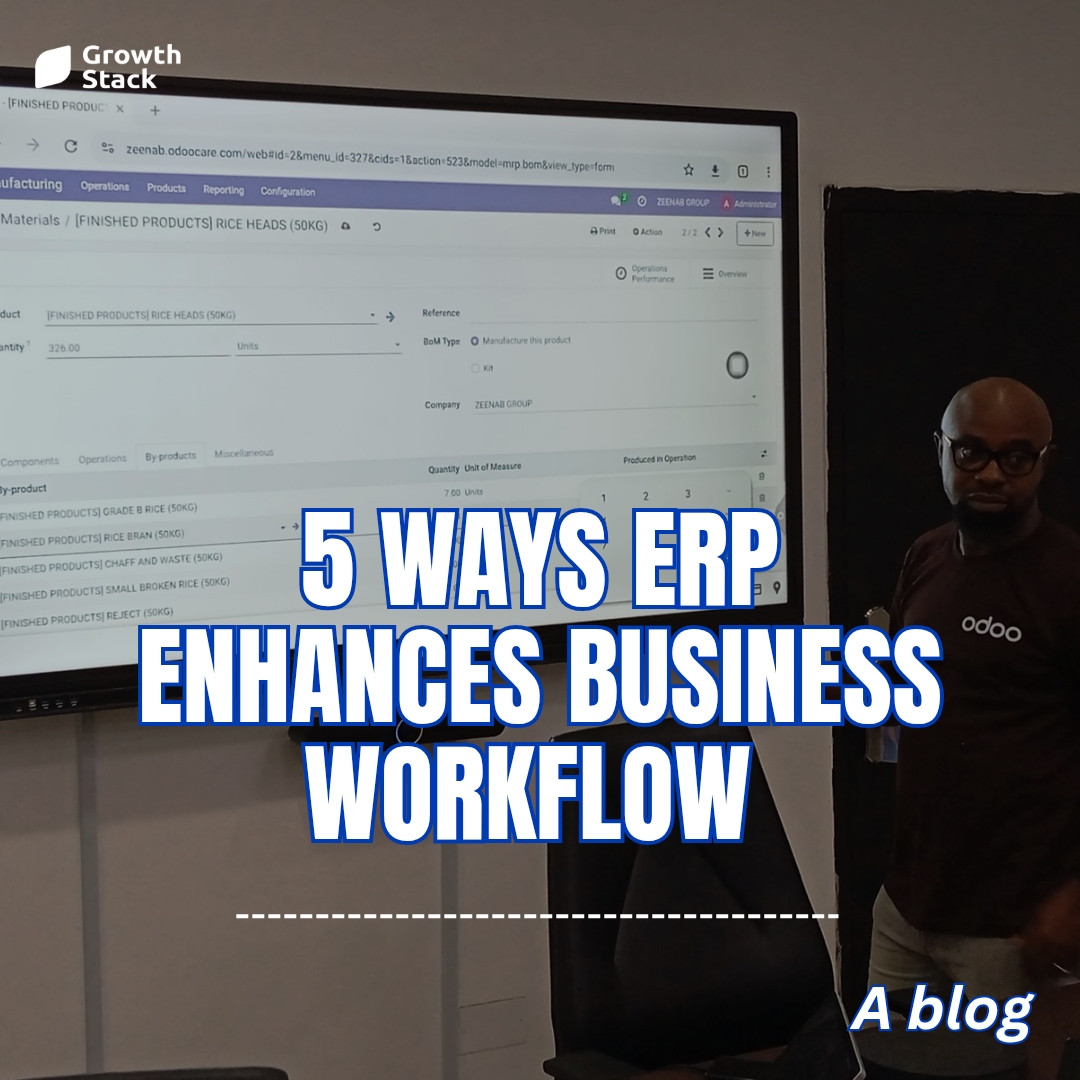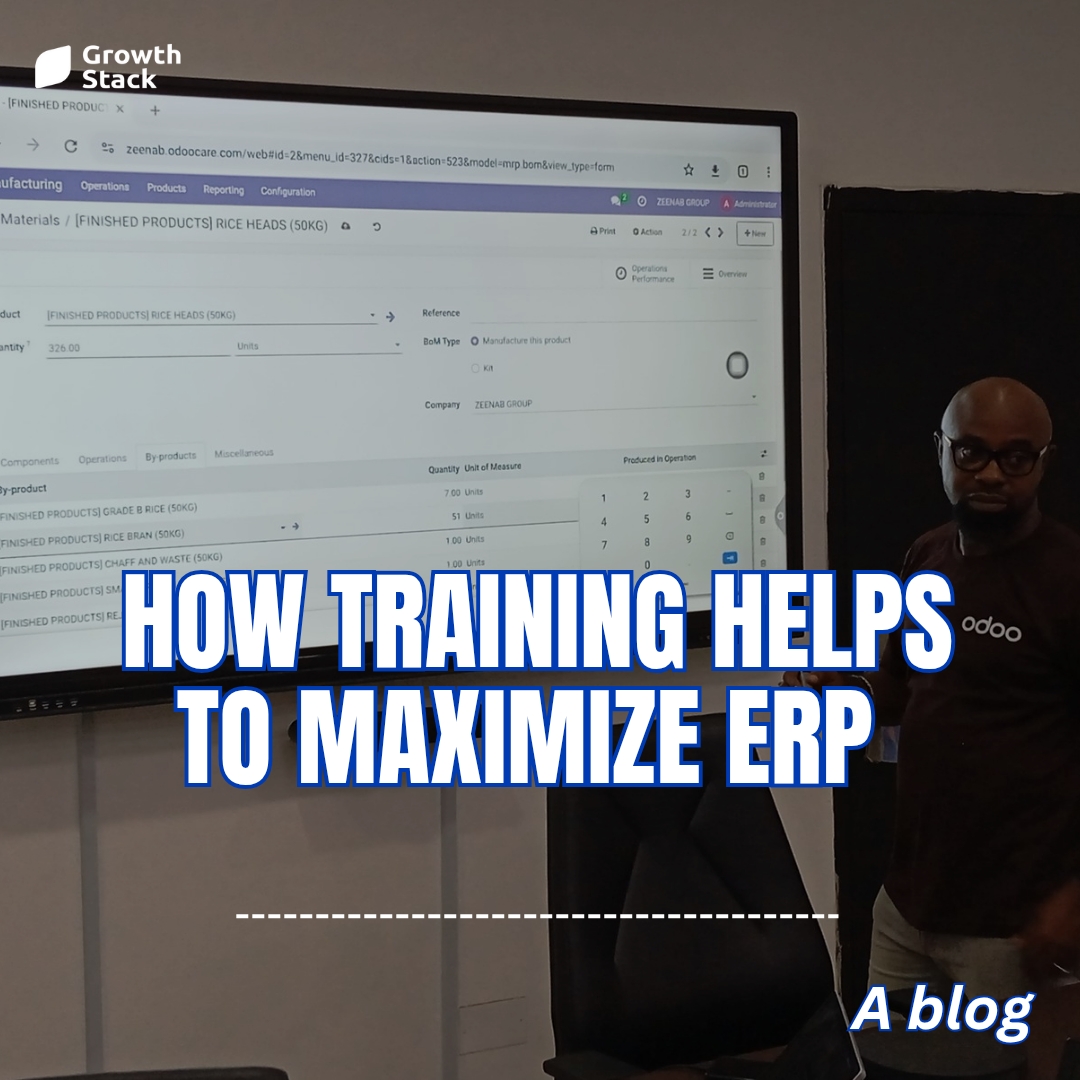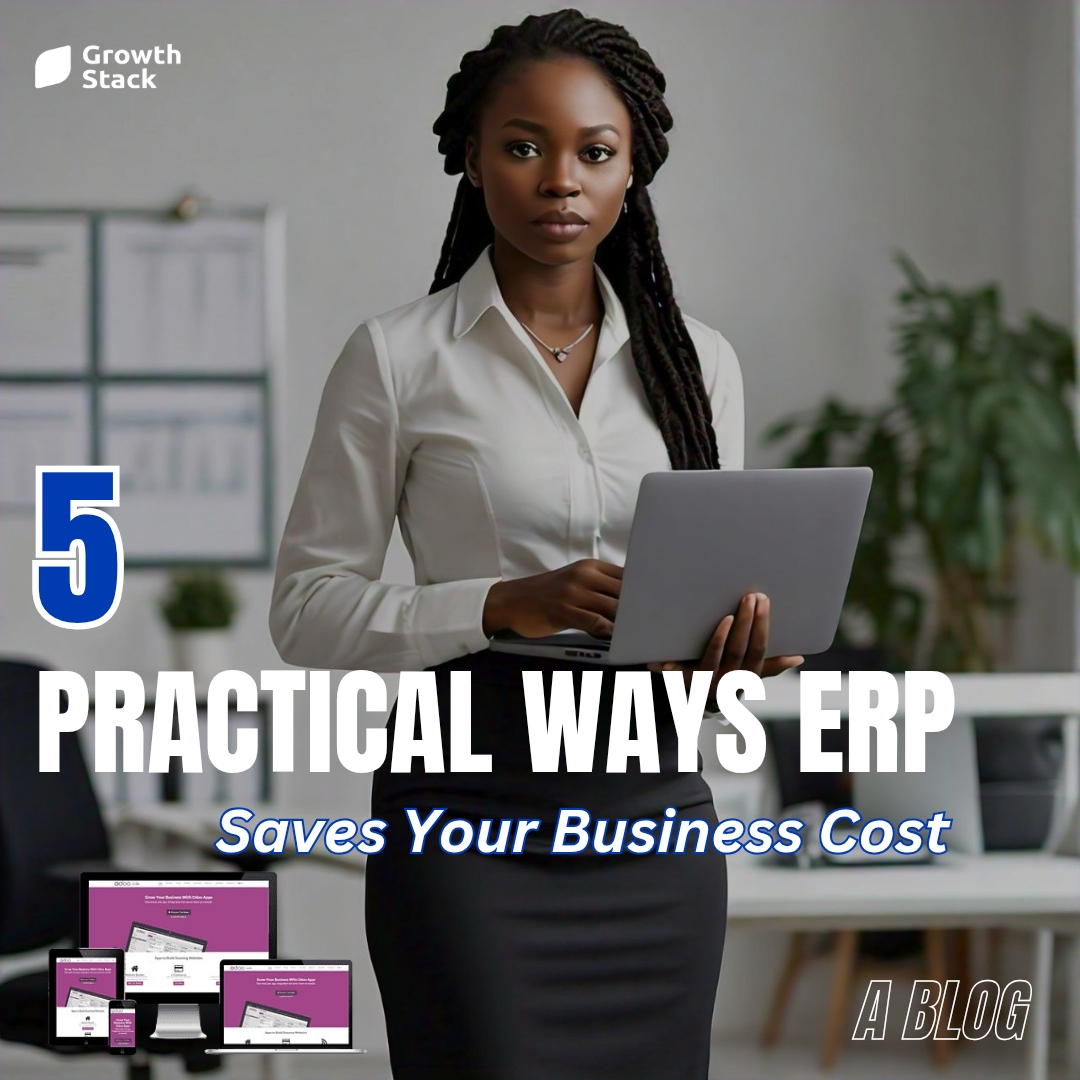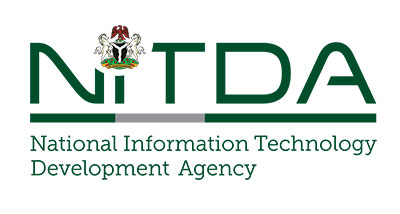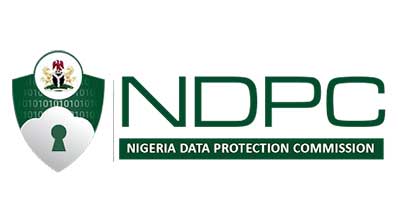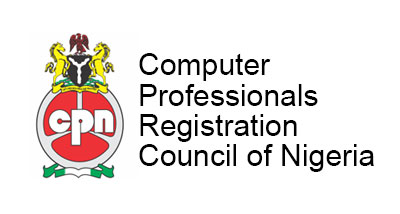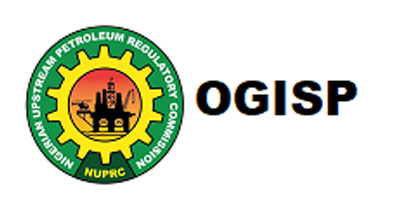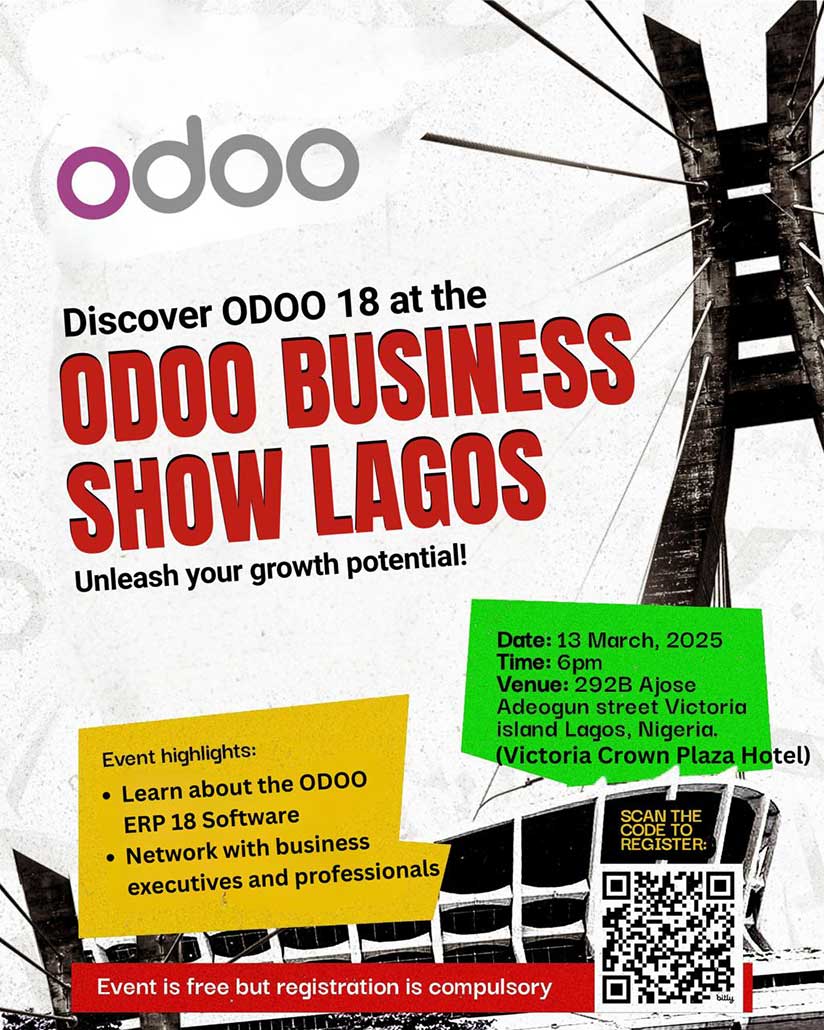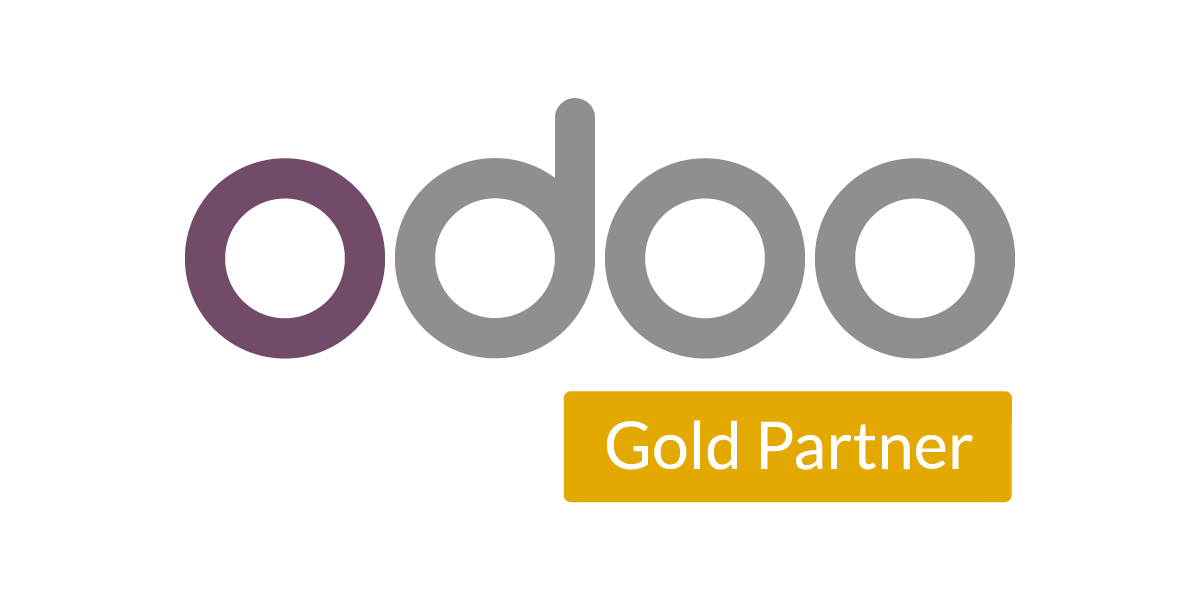Technically speaking, enterprise resource planning is a sort of software. The only distinction between ERP and other simple software is that ERP integrates every aspect of an organization’s operation so that it functions as a whole. ERP software unifies all corporate operations into a single application with a single data store, enabling real-time communication and data transfer between modules.
Additionally, this software has the most recent analytical methods to uncover the significance buried in the data. It reduces the need for manual intervention in the majority of repeated jobs to save costs of labor and speed up processes, greatly reducing the likelihood of errors.
It may be customized to perfectly meet the needs of the user yet includes built-in capability for essential business activities with all the necessary features and capacities. The main function of ERP software is to make it easier for information to move from one process to another inside an organization’s walls and to build strong relationships with other business partners, such as suppliers and customers.
From MRP, or material requirement planning, came the current ERP. MRP and MRP II were created to address issues with material requirements, production, and manufacturing unit planning. Enterprise resource planning was later created as a result of the demand for capacity planning of companies and the need for integration of other departments for better functioning.
The software is capable of managing the fundamental operations of the five core business functions of financial management, supply chain management, manufacturing, customer relationship management, and sales and marketing through a single application or set of applications integrated together to transfer information in real time and using a single database for data retrieval and storage. It also offers flexible reporting tools, analytical tools, and facilities to view data in aggregate.
Enterprise resource planning software is a powerful tool because it has the capacity to handle numerous industries, various processes within those industries, and offer solutions tailored to each industry. It standardizes procedures to conform to international and industry norms, but as no two organizations—even those in the same industry—operate exactly the same way, no ERP software can currently meet the needs of every business. This necessitates some adjustments to the organization’s current system of operation as well as ERP modification so that they can properly complement one another. This process is carried out throughout the ERP deployment, which makes it significantly more critical, time-consuming, and expensive.
The process of implementing ERP involves more than just managing requirements through it; it also involves training staff members so they can use the software and complete their daily tasks on their own, as well as educating top management about all the features of the software to enable better working. ERP software combines the entire system, or in other words, it brings all the departments under one roof, it redraws departmental organizational boundaries, and it promotes open communication among the entire enterprise. To aid in streamlined and simple management, provide real-time updates of the inputs from each point of entry.
